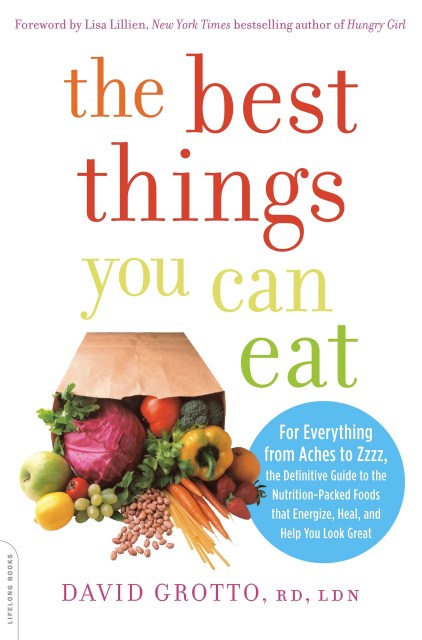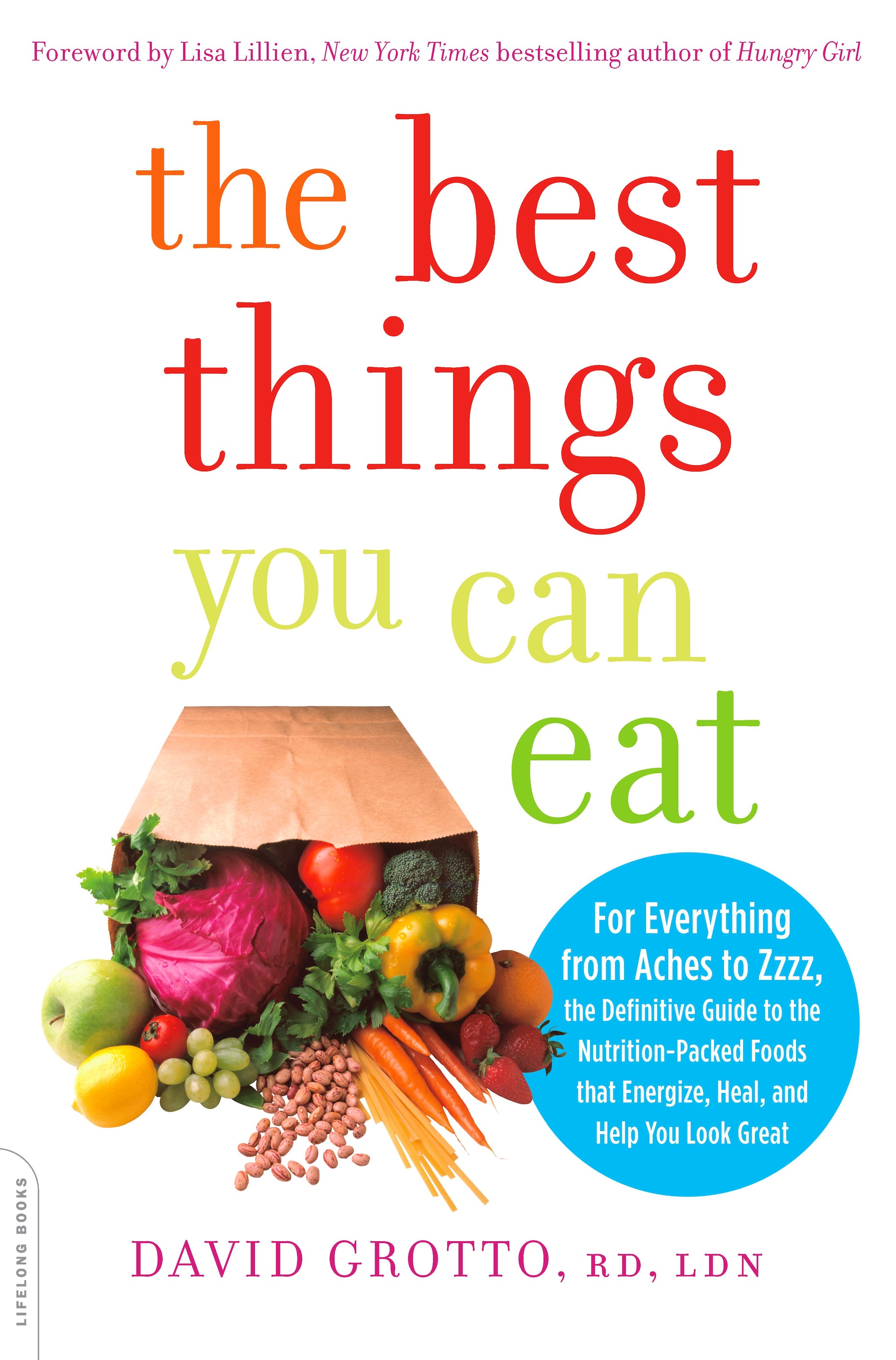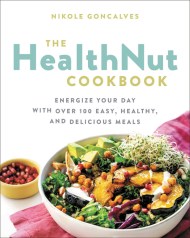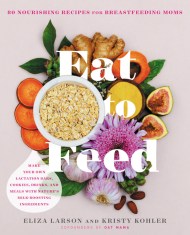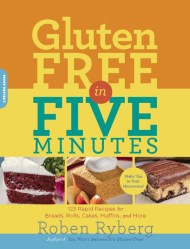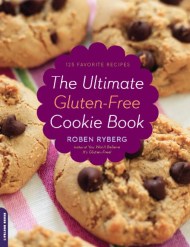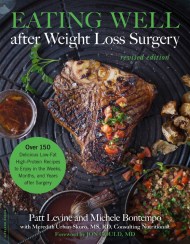Promotion
Use code MOM24 for 20% off site wide + free shipping over $45
The Best Things You Can Eat
For Everything from Aches to Zzzz, the Definitive Guide to the Nutrition-Packed Foods that Energize, Heal, and Help You Look Great
Contributors
Formats and Prices
Price
$9.99Price
$12.99 CADFormat
Format:
ebook $9.99 $12.99 CADThis item is a preorder. Your payment method will be charged immediately, and the product is expected to ship on or around January 8, 2013. This date is subject to change due to shipping delays beyond our control.
Also available from:
Genre:
-
“Whether you have high cholesterol or high blood pressure or you're simply fighting the common cold, Grotto has sifted through the science to recommend top food picks based on sound science to help you heal.”
Tampa Bay Tribune, 2/23 “Ever so infrequently, a nutrition book comes along that's accurate, simple to understand and serves as a handy reference. The Best Things You Can Eat…is one of those books…In very little time, the book will educate and empower you to take control of your own health.
Bookviews, March 2013 “An interesting and informative look at common foods and their benefits…Much of what [Grotto] relates is quite surprising in a good sort of way. I would recommend this book for anyone interested in learning more about what they eat daily.”
AppforHealth.com, 3/1 “This isn't just an awesome food and nutrition resource, it's also a fun and relaxed read, thanks to the author's clever, down-to-earth writing style…This tome definitely won't end up collecting dust on your bookshelf—you'll find yourself consulting it with all your food-related questions.”
Publishers Weekly, 3/4/13 -
Library Journal, December 2012 “Comprehensive and fun for foodies.”
Truth Magazine, 1/11/13 “A quick and informative read that does all of the legwork for you, The Best Things You Can Eat makes it a bit easier to take care of yourself in 2013.”
Joy Bauer, MS RD CDN, Health and Nutrition Expert for NBC's Today show
“Dave has created the ultimate nutrition dictionary – he's boiled down all the confusing science into a handy, compact health resource that's incredibly easy to navigate. This book enables you to feel top of your game by helping you choose the very best foods to meet your specific health goals!”
Ellie Krieger, Host of Food Network's Healthy Appetite and author of Comfort Food Fix
“The Best Things You Can Eat is like a Fortune 500 for food—a who's who in nutritional wealth that celebrates the healthy bounty delicious real food provides. It's chock-full of smart, useful information written in an engaging, fun way that makes you want to pick it up for pleasure as well as knowledge.”
EatDrinkBetter.com, 2/1/13 “An excellent reference book to have around the house.”
About.com, 2/14/13
- On Sale
- Jan 8, 2013
- Page Count
- 336 pages
- Publisher
- Da Capo Lifelong Books
- ISBN-13
- 9780738215976
Newsletter Signup
By clicking ‘Sign Up,’ I acknowledge that I have read and agree to Hachette Book Group’s Privacy Policy and Terms of Use
